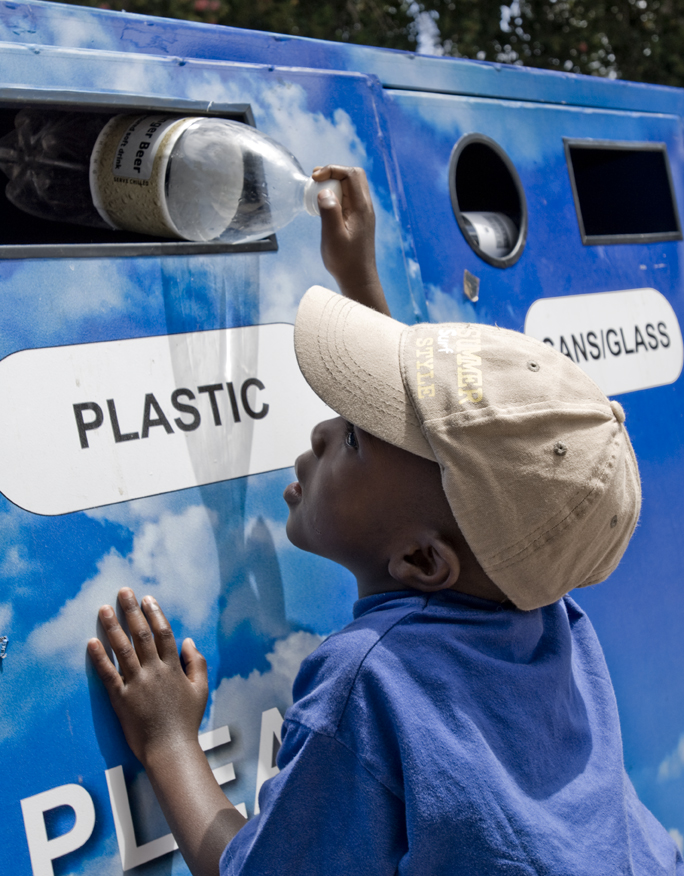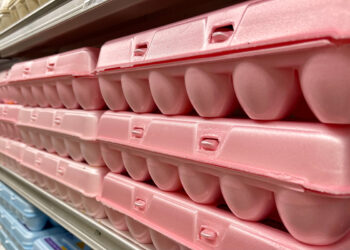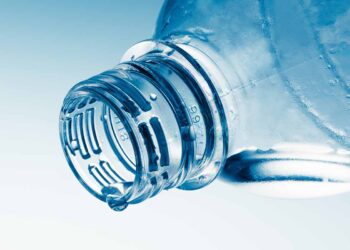South Africa recycled more total plastic in 2015 than the year before, but the country’s plastics diversion rate dropped and plastics recycling companies struggled.
“Analysts agree that 2015 was one of the toughest years for recyclers both locally and abroad in more than a generation, owing to historically low oil prices that led to lower polymer prices,” Anton Hanekom, executive director of South African trade group Plastics SA, stated in a press release. “This in turn had a direct impact on the price of recycled material, which resulted in minimal growth and a slowdown in the amount of plastics we are able to divert from landfill.”
Recycling companies in the country of 53 million people mechanically recycled about 293,000 metric tons of plastics in 2015, up 3 percent from 2014, according to a recent report from Plastics SA.
Increases were seen in LDPE, PET and PS/EPS recycling, and decreases were seen recycling of HDPE, PP, PVC and other resins.
But the diversion from landfills dropped, driven by a significant reduction in exports of recovered plastics, the group said. The 2015 diversion rate was 20.8 percent, down from 22.5 percent the year before.
The single biggest challenge facing reclaimers was high contamination in feedstock. The country has nearly 50,000 informal waste collectors (who could be negatively affected by the country’s planned switch to extended producer responsibility), and significant amounts of plastic are picked from landfills, where they’re contaminated. In one province, up to 40 percent of recovered plastic had to be rejected because of contamination.
“This clearly highlights the need for an effective separation-at-source infrastructure to be implemented throughout the country,” the Plastics SA analysis states.
























